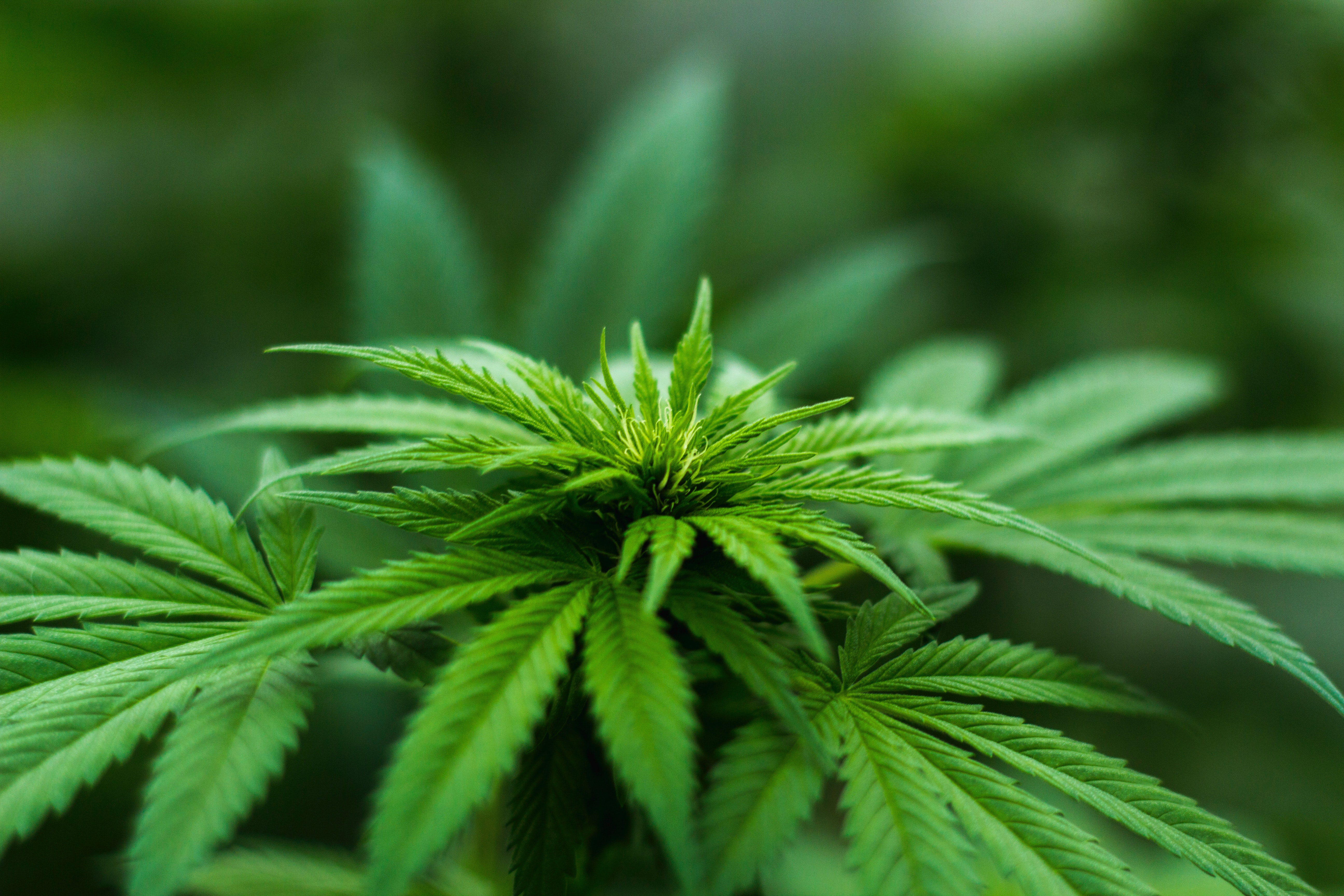During the recent Republican presidential debate in South Carolina, former two-term New Mexico Governor Gary Johnson advocated weighing the cost of our nation’s current cannabis prohibition against any perceived benefit, challenging all Americans to, “look at this issue and see if you don’t come to the same conclusion I did…legalize marijuana-control it, regulate (it), tax it.”
With our prison system currently operating at 96 percent capacity (over half of which are non-violent offenders), a recent Pew Center on the States study identifying corrections as the second fastest growing area of states budgets, and Oklahoma’s ongoing revenue shortfalls, the case for accepting Gov. Johnson’s challenge seems pretty clear cut. However, after some 70 years of government indoctrination consistently telling of the evils associated with marijuana, the hardest part in Oklahoma may well be getting our elected leaders to take that first step and “look at this issue.” This is in large part due to the common misconception that our nation’s laws regarding marijuana are based upon settled science.
Charles Whitebread, Professor of Law at the University of Southern California Law School outlined the origins of America’s cannabis prohibition in a 1995 speech to the California Judges Association. It is both surprising and disturbing to learn the law is rooted in nearly everything except scientific data. In fact, only two medical “experts” testified before congress as to the potential harm presented to users of marijuana. The first was a pharmacologist who claimed to have injected the active ingredient from cannabis into the brains of 300 dogs, resulting in the death of two. The second piece of testimony came from Dr. William C. Woodward, a doctor with the American Medical Association who said, “The American Medical Association knows of no evidence that marijuana is a dangerous drug.” Unfortunately, the mad scientist conducting dog experiments won over the critically thinking minds of our past members of Congress, resulting in our current prohibition. Ask nearly any proponent of the status quo why it’s so important we use our state’s limited resources arresting people for possessing a plant and their fall back response will nearly always be: “because it’s against the law.”
Since that time, an enlightened populace began to question the wisdom of waging a war on weed. President Nixon even created the National Commission on Marijuana and Drug Abuse in 1972 which concluded:
Marijuana’s relative potential for harm to the vast majority of individual users and its actual impact on society does not justify a social policy designed to seek out and firmly punish those who use it. This judgment is based on prevalent, use patterns, on behavior exhibited by the vast majority of users and on our interpretations of existing medical and scientific data. This position also is consistent with the estimate by law enforcement personnel that the elimination of use is unattainable.
Despite this advice from a comprehensive government study, the convincing dog experiments of 1937 still weighed heavily on the minds of our policy makers, and marijuana was categorized as a schedule one drug at the federal level, meaning there is no acceptable medical use, where it remains today. Sixteen states have decided otherwise and currently allow doctor-prescribed medicinal marijuana, even while risking federal prosecution.
Despite the dubious nature of how we ended up with marijuana prohibition, it seems Oklahoma is content with being “tough” on crime without actually being effective. According to recent data compiled by CNBC, Oklahoma arrested over 12,000 individuals in 2008 for possession of marijuana, effectively stigmatizing them as “criminals” in our society. But where is the criminal intent to do harm to others? I understand laws against drunk driving given that a total of 190 fatalities resulted from alcohol related crashes in 2009 across the state. You can make the case for a ban on smoking as tobacco use is responsible for the death of around 5,800 Oklahomans a year. But marijuana has not been proven deadly in any case and in fact may prove helpful to many people.
With nearly half of the country calling for the legalization of marijuana and the obvious failure of the “War on Drugs”, continuing to ignore attempts designed to “look at the issue” – such as Senate Bill 732 introduced in 2010 along with Senate Bill 573 in 2011- amount to bad public policy. Before more lives are ruined and resources wasted, let’s have a legitimate, well-informed discussion on the costs and benefits of prohibition.



